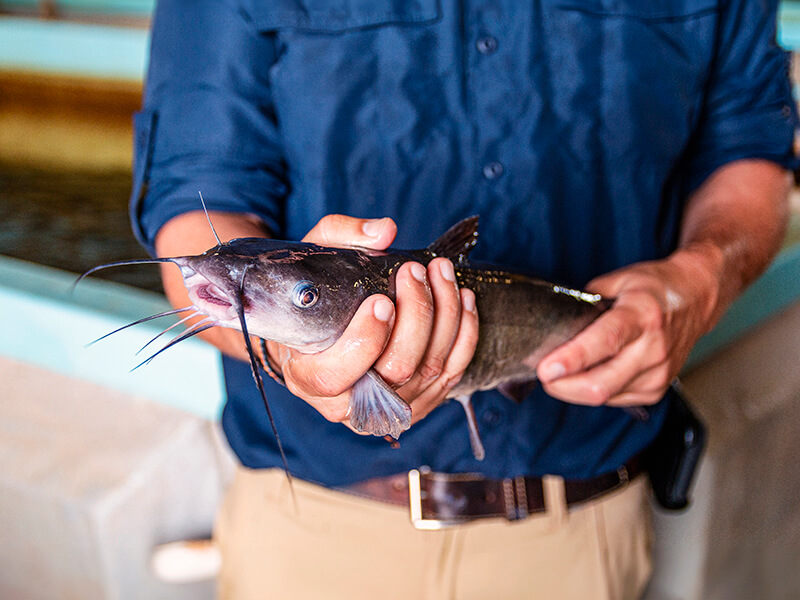
Aquaculture Adventures
Students investigate a variety of aquaculture food products, discover how and where they are grown and raised, and explore their nutritional benefits.
The National Agricultural Literacy Curriculum Matrix is a free database of standards-based lesson plans and resources for K-12 educators that use agriculture as a lens for teaching science, social studies, career and technical education, and nutrition.

Students investigate a variety of aquaculture food products, discover how and where they are grown and raised, and explore their nutritional benefits.

Students explore pecan production from farm to fork, simulate the process of grafting, and create a nutritious snack.
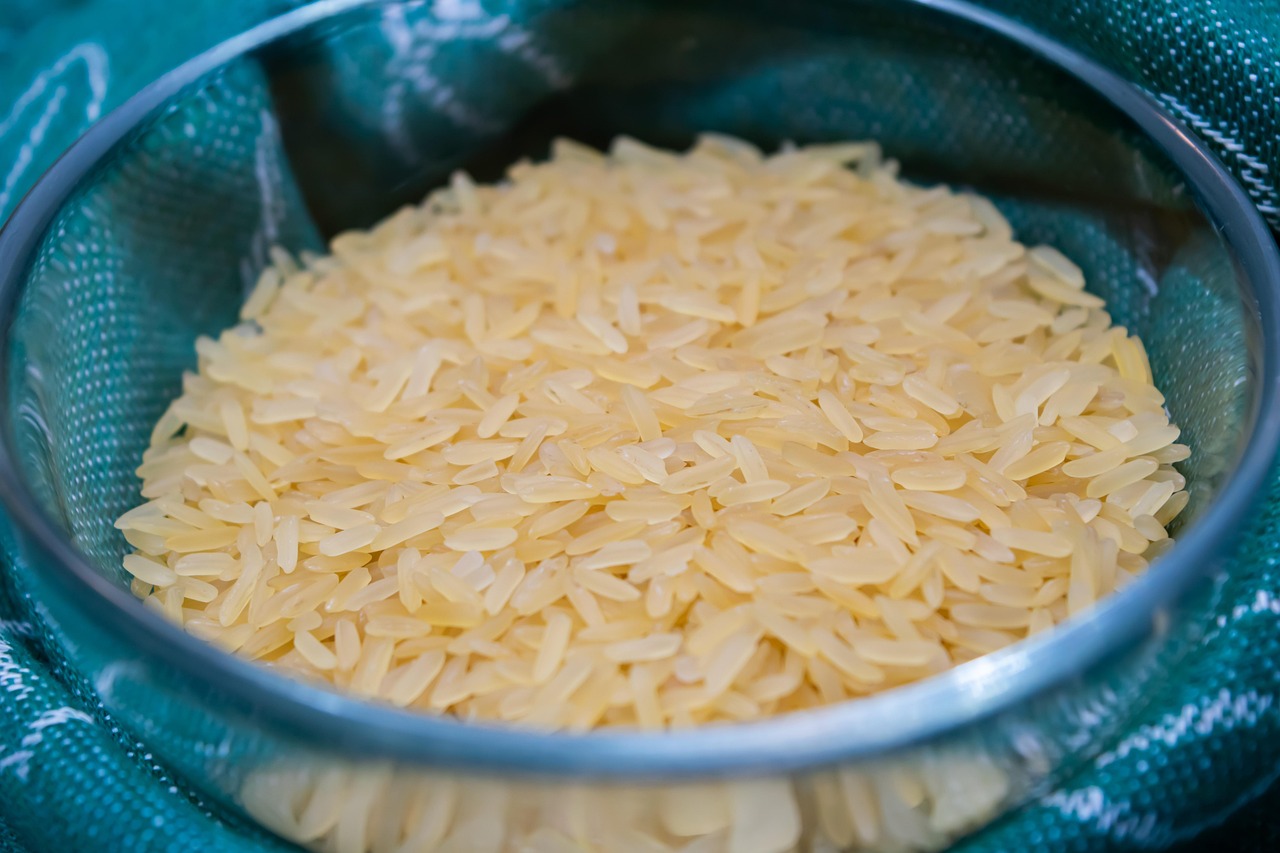
Students investigate the cultivation and identify the parts of rice by reading One Grain of Rice by Demi and removing the hull, bran, and germ from grains of rice.
Students investigate a variety of vegetables, discover how and where they are grown, and explore their nutritional benefits.
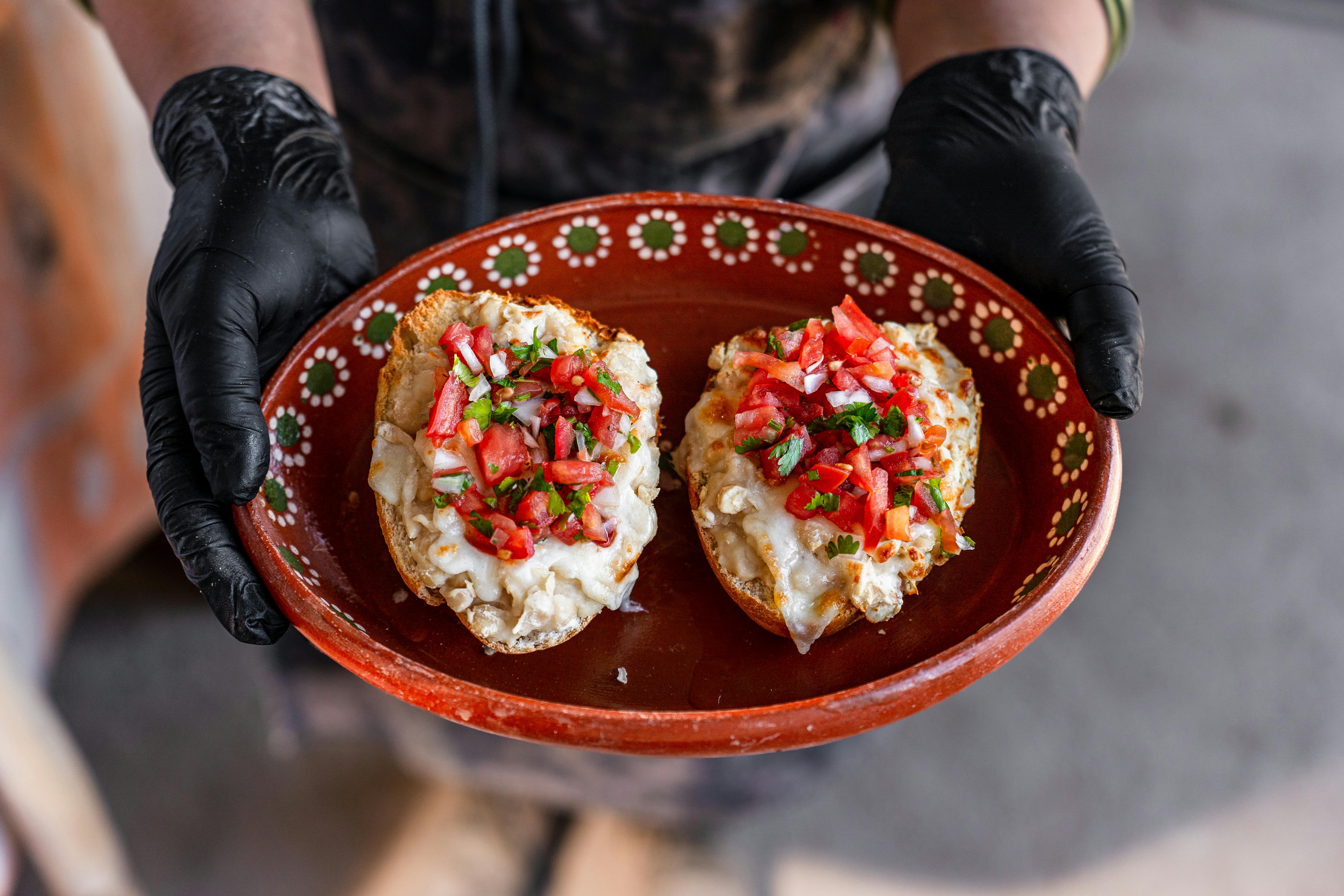
Through project-based learning, students will develop and manufacture a unique and nutritious food product that includes ingredients that have been sourced locally and can be served in retail outlets or the school cafeteria.
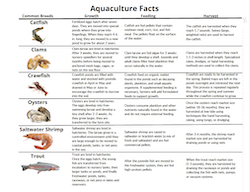
This three-page informational sheet describes the processes of how aquaculture food products are grown and harvested, how they get from the farm to the store, and nutrition facts. Words and graphics are used to portray this information for catfish, clams, crawfish, oysters, saltwater shrimp, and trout. Print your own or order a set of 30" x 8" printed charts from agclassroomstore.com.
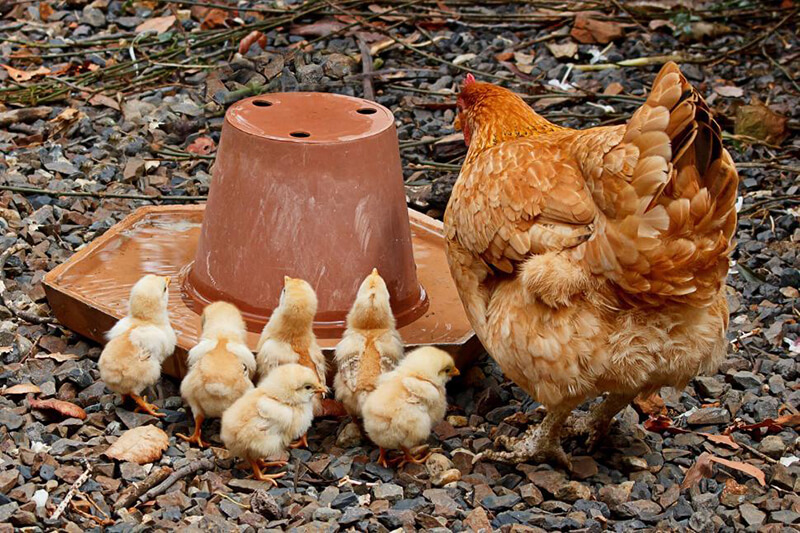
Students identify different breeds of chickens, examine physical characteristics, and determine the stages of a chicken's life cycle.
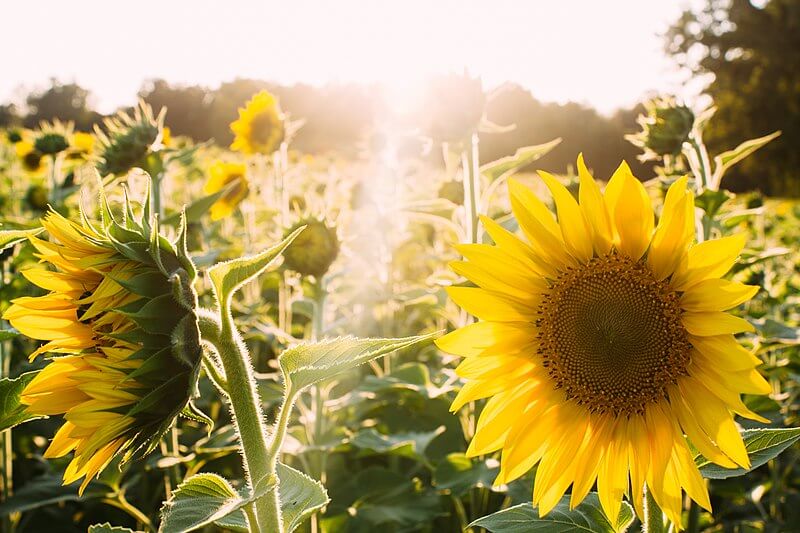
Students identify the characteristics of the four seasons of the year, investigate what causes seasons, and observe the effects changing seasons have on farms.
Students discover the needs of a seed to germinate and the needs of a plant to grow while exploring the life stages of a flowering plant.
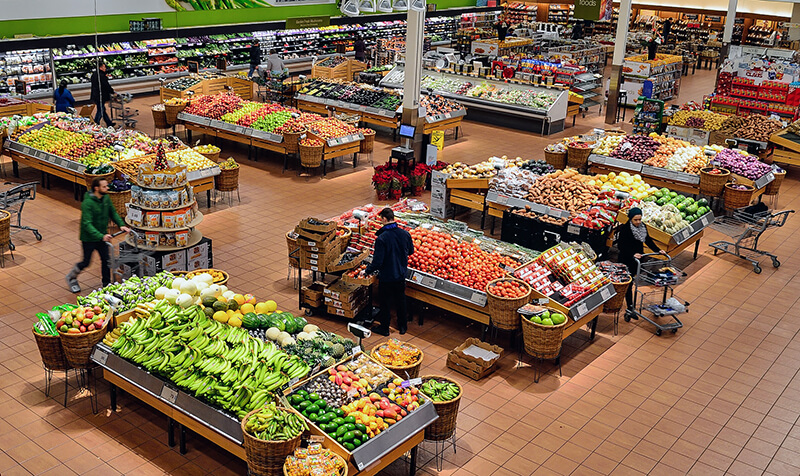
Students explore different cultures around the world and their unique traditions centered around food and its preparations. Students discover how food gets from the farm to the grocery store.
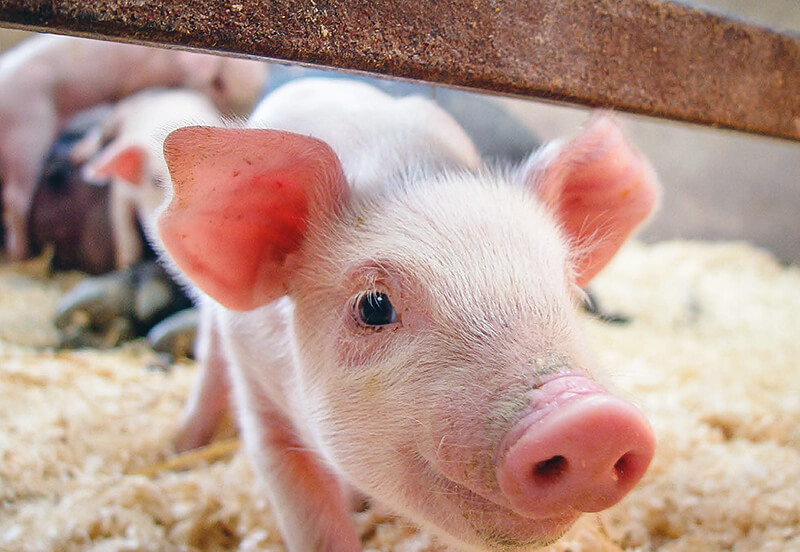
Students investigate six major livestock species, discover that animals need air, space, food, water, and shelter to survive, explore the life cycle of a farm animal, and identify the products each farm animal produces.
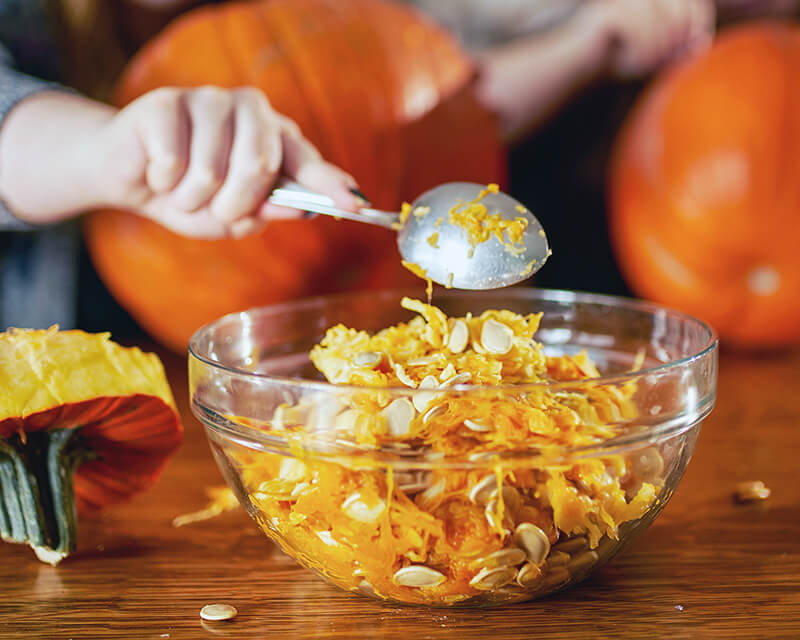
Students estimate the size and weight of pumpkins, sprout pumpkin seeds, and make pumpkin pie in a bag.
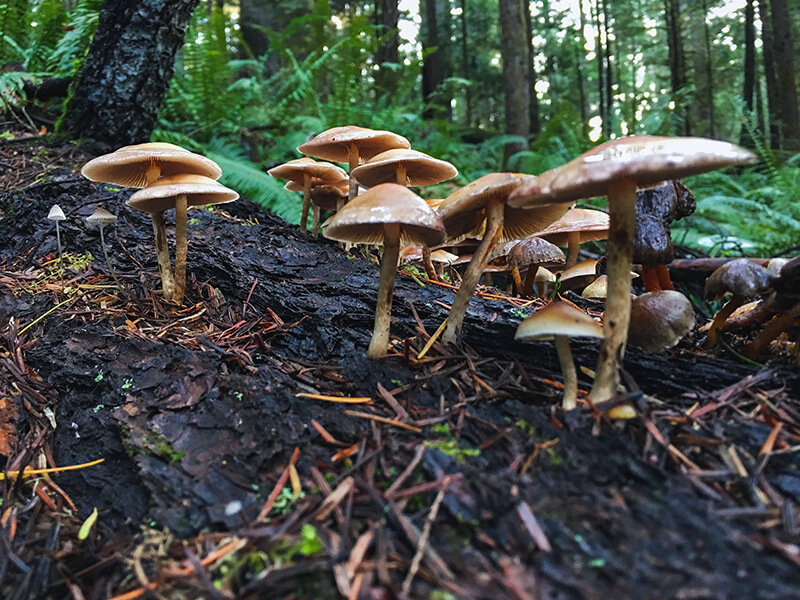
Students compare the differences between natural and managed ecosystems and describe ways in which farmers can protect agricultural ecosystems.

Students explore the wide scope of agriculture, identify the variety of agricultural products and by-products they use in their daily lives, and discuss the difference between needs and wants.

Students discover technologies that are used on farms to increase efficiency and yields and decrease costs and environmental impact.

Students identify different breeds of chickens, examine physical characteristics, and determine the stages of a chicken's life cycle.

Students will gain a broad understanding of the types and sources of different fibers, examining their origins and observing their differences. Activities in this lesson include examining clothing and clothing labels and observing how different types of fabrics burn.
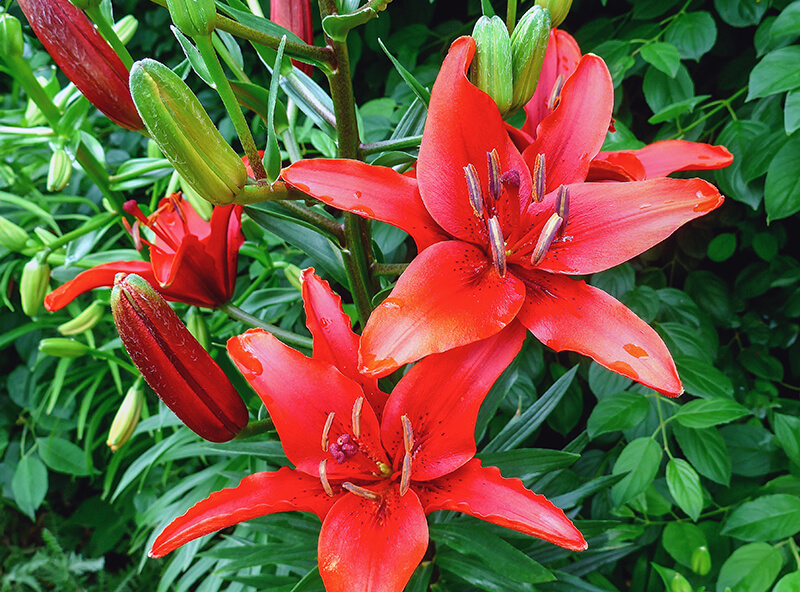
Students observe the anatomical structures of flowers and explain a flower's role in plant growth and reproduction as well as their connection to our food supply.

In this lesson students will learn about plant parts and how they function in plant growth and reproduction.
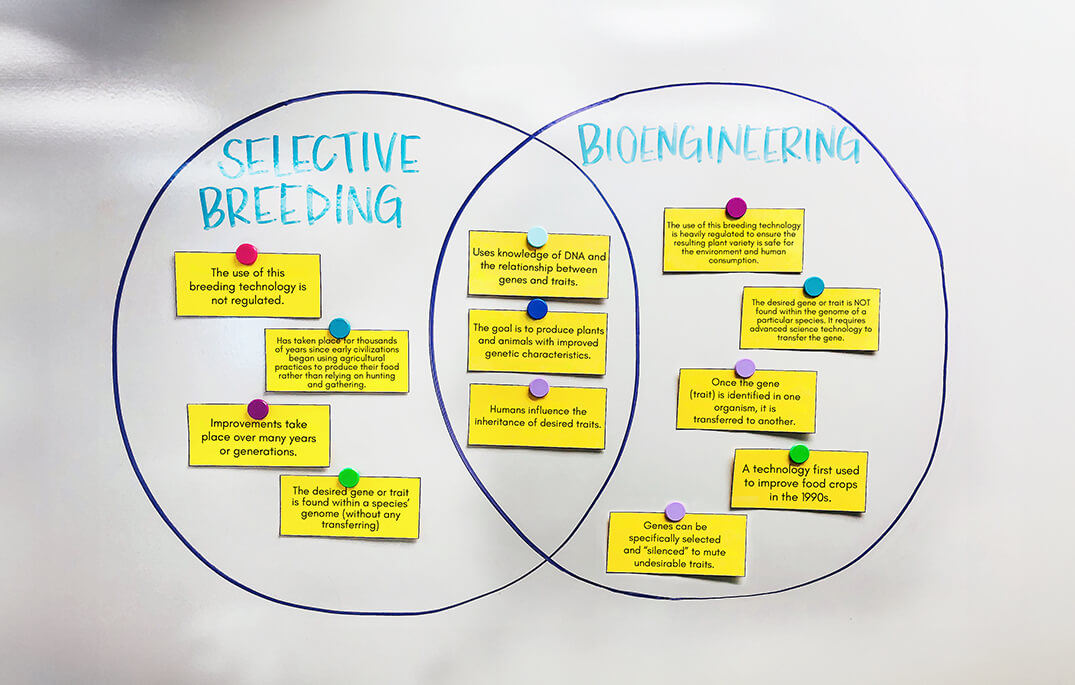
Students identify technologies that have changed the way humans affect the inheritance of desired traits in organisms; compare and contrast selective breeding methods to bioengineering techniques; and analyze data to determine the best solution for cultivating desired traits in organisms.
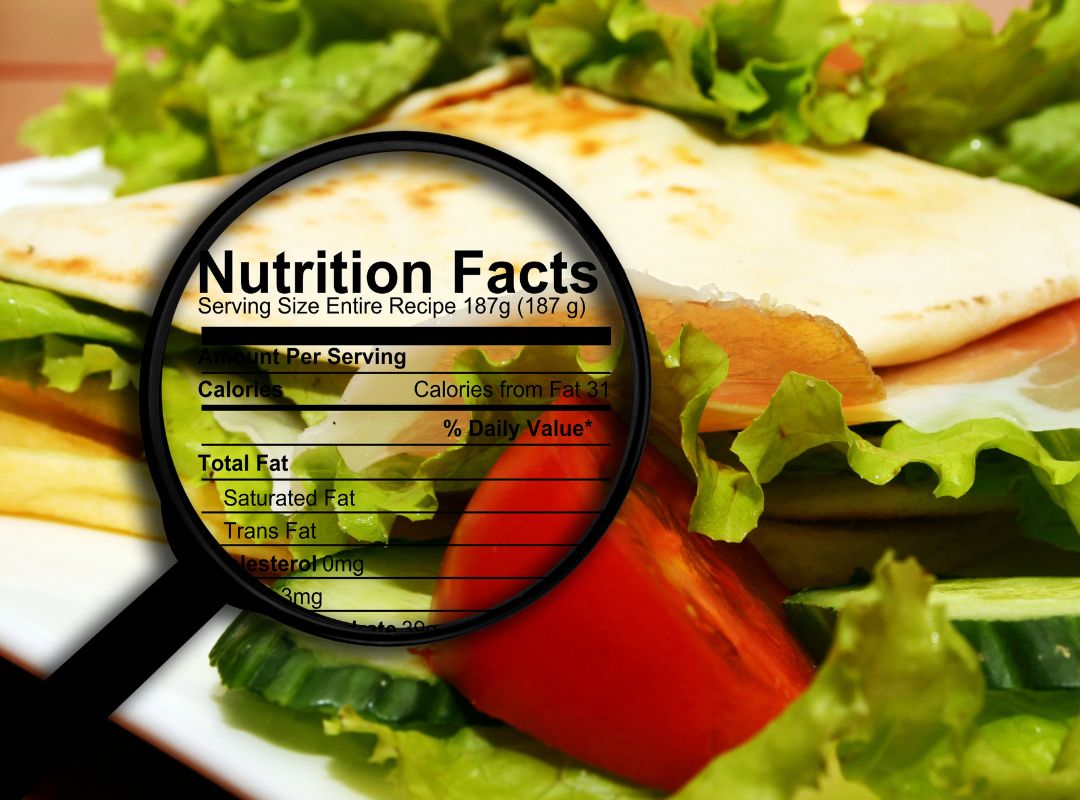
Explore the features of the Nutrition Facts label with a focus on protein, analyze serving size, and make a Nutrition Facts label for a smoothie.

Students will discover the five culinary functions of eggs by completing a cooking lab comparing recipes with and without eggs. Students will see how eggs leaven, bind, thicken, coat, and emulsify our foods.
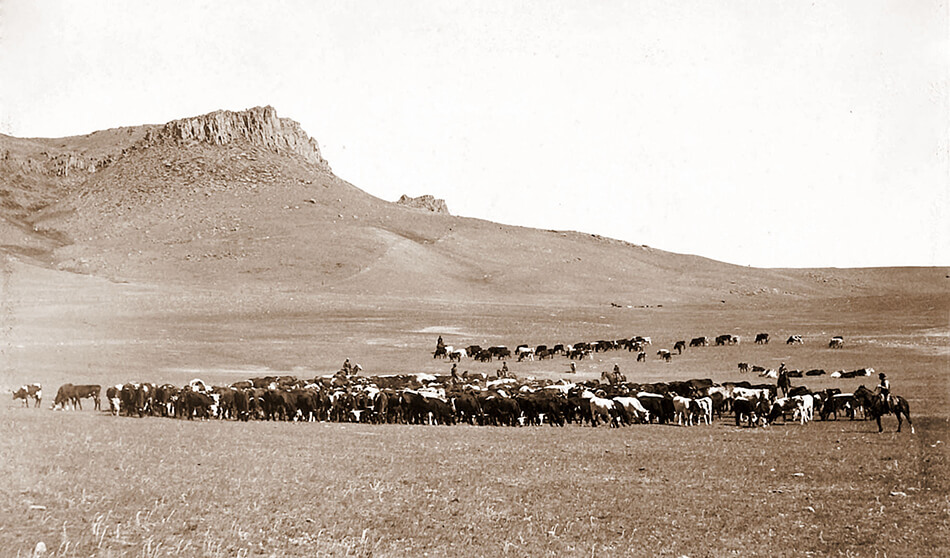
Students will gain a greater understanding of the historical context and purpose of the cattle drives that took place in the mid 1880s. Students will be able to explain the cause and effect relationships of life on the frontier including, population growth, and later the invention and use of barbed wire, refrigeration, and railroads.
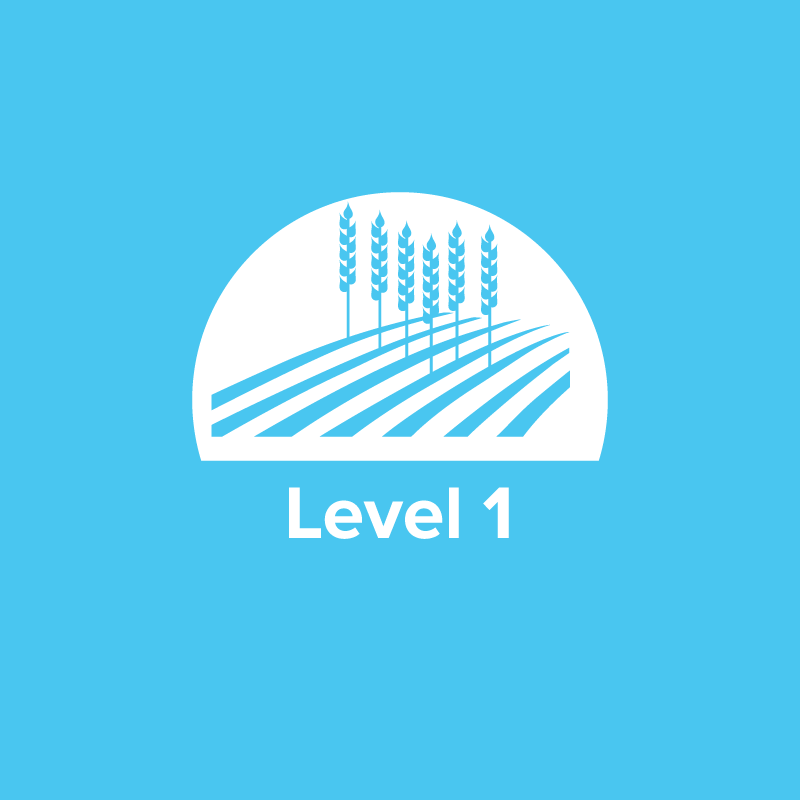
Students will explore the question, “How will we sustainably feed nearly 10 billion people by the year 2050?” as they discover what sustainable agriculture is and how it is critical to securing a stable food supply and future for a growing population.
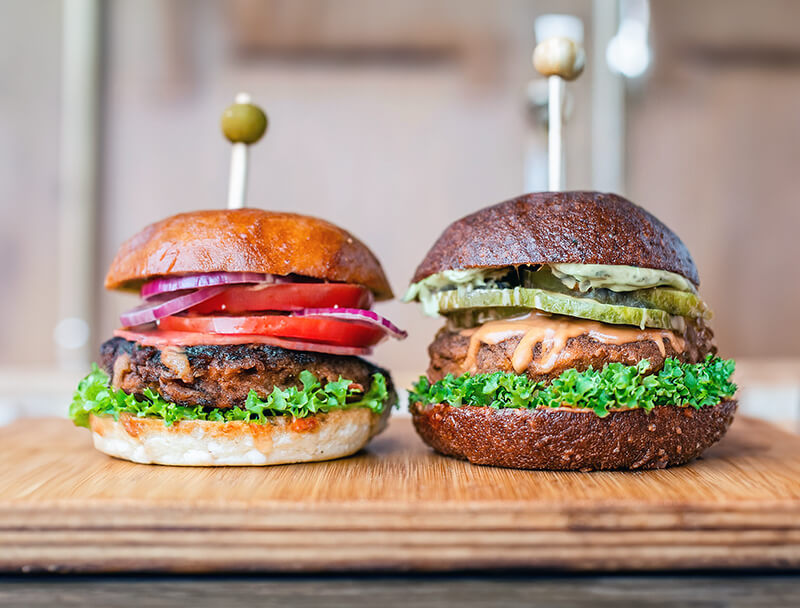
Students compare the components of beef and plant-based burgers by determining the production and processing methods of each product; evaluate the ingredients and nutritional differences between beef and plant-based products; and discuss different points of view in the agricultural industry concerning plant-based proteins and traditional beef. This lesson covers a socioscientific issue and aims to provide students with tools to evaluate science within the context of social and economic points of view.
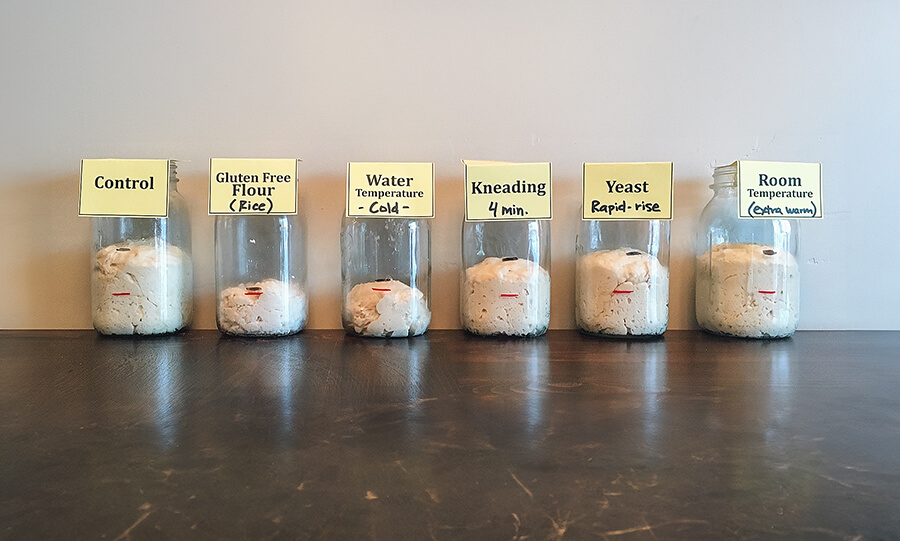
Students explore the phenomenon of what makes bread dough rise. Using baker's yeast, students will observe alcoholic fermentation and its connection to cellular respiration as they are challenged to act as food scientists and develop the best recipe for quick-rising bread dough.
Let us know if you have an idea you'd like to share for a new lesson plan or companion resource.
Download a CSV spreadsheet containing the vocabulary words used in the Curriculum Matrix.